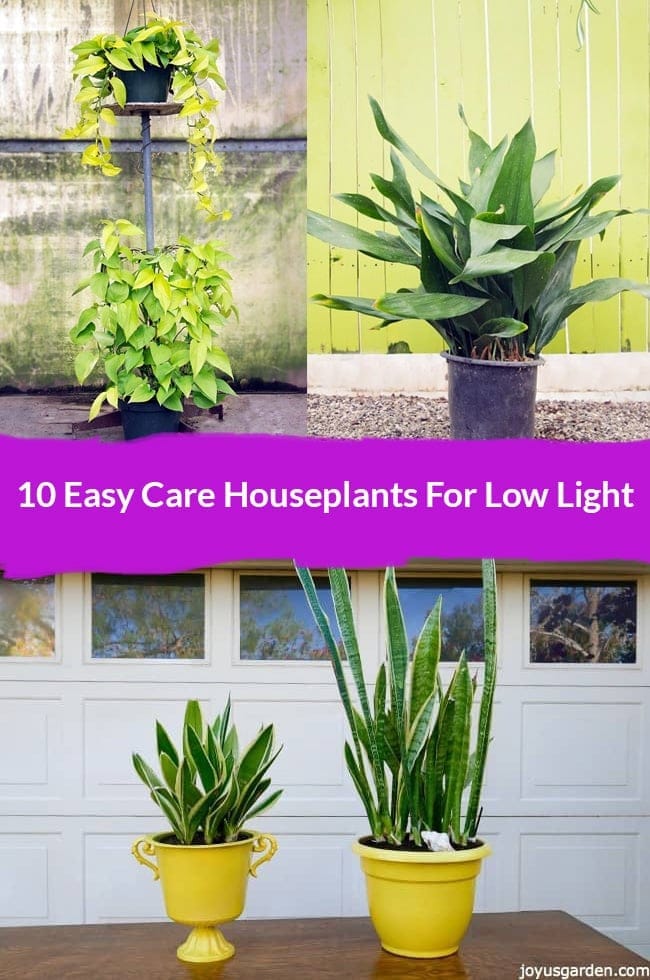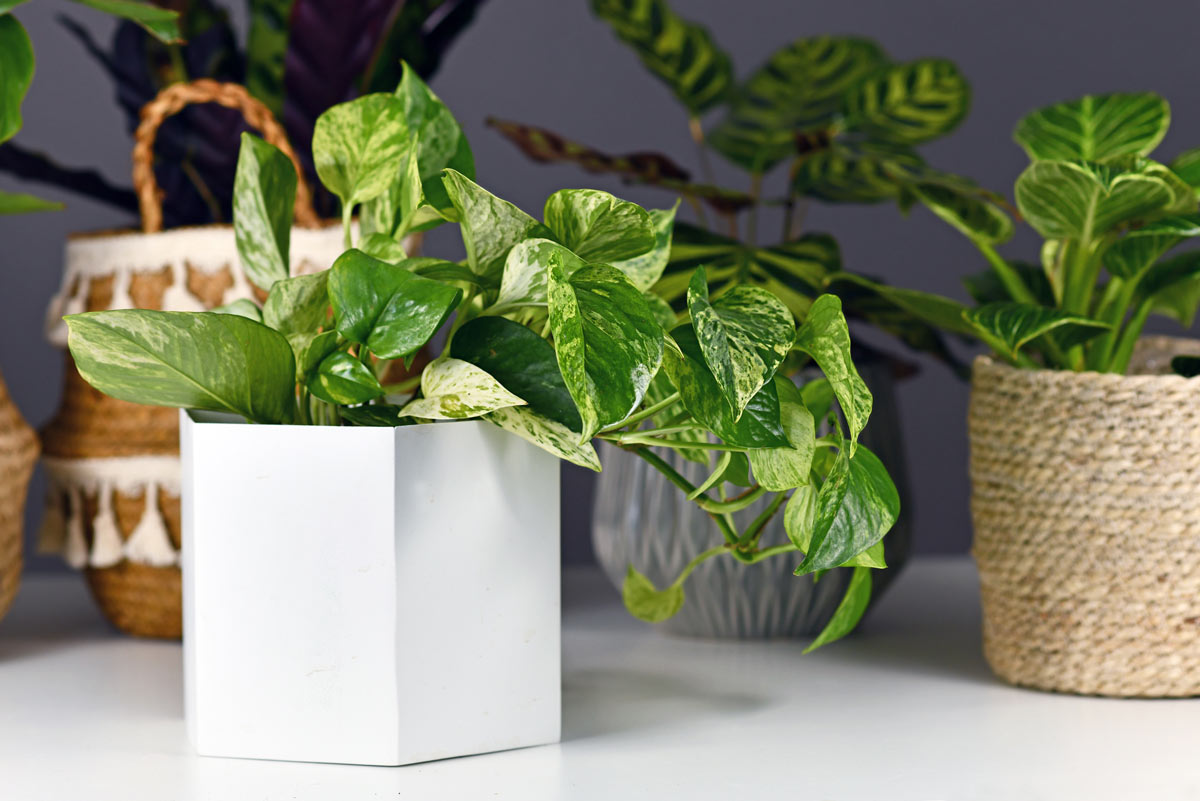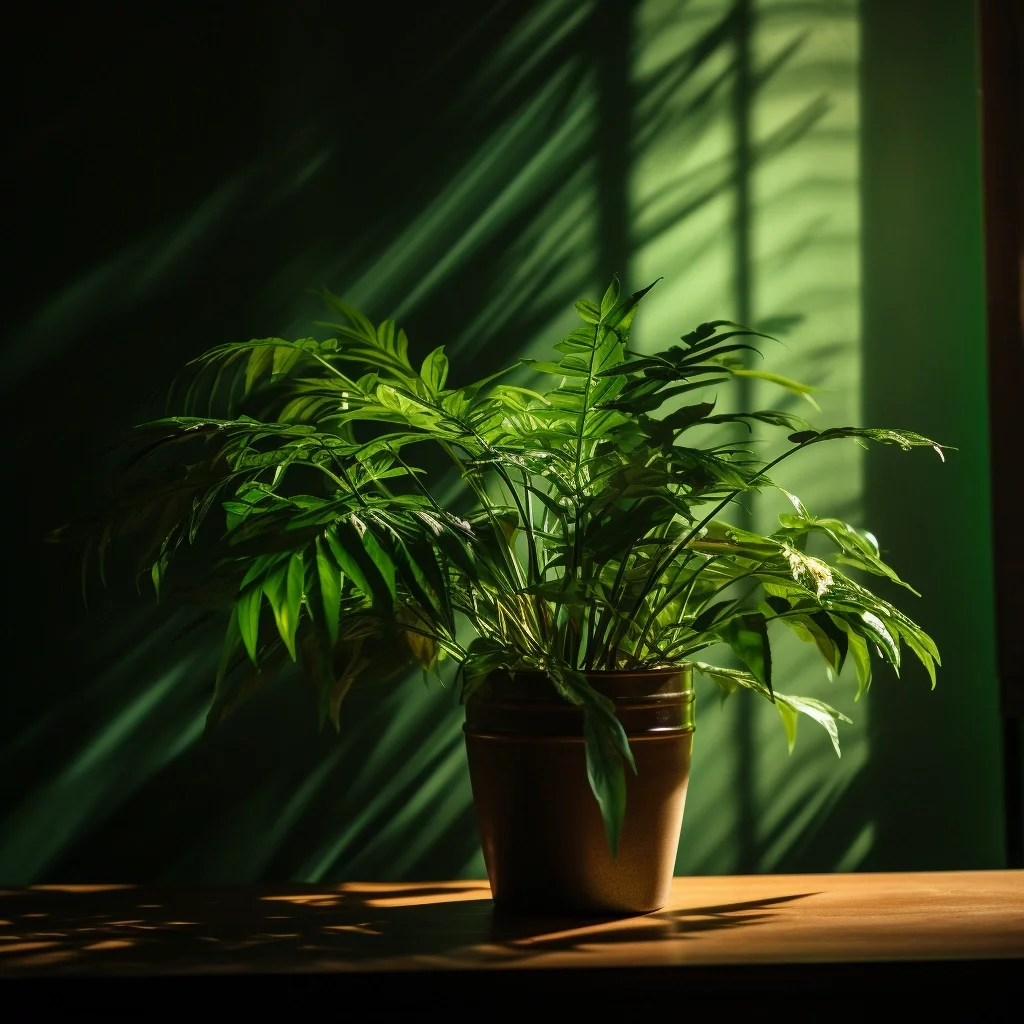Transform Your Living Space with the Best Low-Light Indoor Plants
Uncover the Keys of Low-Light Indoor Plants and Exactly How They Boost Your Setting
Low-light interior plants have actually amassed increasing focus for their distinct ability to enhance both visual charm and ecological high quality within homes and work environments. These resistant types, consisting of the Serpent Plant and Tranquility Lily, not just flourish in challenging lights conditions but additionally play a pivotal duty in air purification and emotional health. Recognizing the certain benefits and treatment demands of these plants can substantially affect your home. As we check out the complexities of their advantages, you may discover understandings that might change your environments in unanticipated methods.
Advantages of Low-Light Indoor Plants
Although many individuals assume that interior plants need abundant sunshine to prosper, low-light interior plants provide a wide variety of benefits that make them suitable for various atmospheres. Among the primary benefits is their adaptability; they can prosper precede with minimal natural light, such as workplaces, basements, or spaces with little home windows. This function allows individuals to improve their environments with greenery, contributing to enhanced looks without the demand for comprehensive lights alterations.
Moreover, low-light interior plants can dramatically enhance interior air top quality by filtering system damaging toxic substances and releasing oxygen, making living spaces healthier. The presence of plants has actually been linked to better sensations of peace and focus.
Furthermore, low-light plants commonly call for much less maintenance than their sun-loving equivalents, making them perfect for hectic people or those new to gardening. Their resilience allows them to love marginal intervention, therefore providing a rewarding experience for plant lovers and beginners alike. In recap, low-light indoor plants offer both useful and visual purposes, making them beneficial additions to any kind of space.
Leading Low-Light Plant Ranges
Low-light interior plants come in a selection of types, each offering unique features and benefits fit for dark atmospheres. Amongst one of the most popular ranges is the Serpent Plant (Sansevieria), known for its architectural fallen leaves and air-purifying capacities. This resistant plant flourishes on disregard and can endure a large array of light problems.
Another outstanding selection is the ZZ Plant (Zamioculcas zamiifolia), which includes glossy, dark eco-friendly fallen leaves and is very drought-tolerant. Its adaptability makes it a preferred for workplaces and homes with minimal sunshine.
The Pothos (Epipremnum aureum) is also a top competitor, with its tracking vines and heart-shaped leaves - Best low-light indoor plants. This flexible plant can be educated to climb up or cascade, adding visual passion to any kind of room

Treatment Tips for Low-Light Plants
Caring for low-light interior plants requires a nuanced understanding of their details demands to ensure optimum development and vitality. It is essential to pick the ideal potting mix, as a well-draining soil is critical to protect against origin rot. A blend created for houseplants, typically containing peat view publisher site moss and perlite, works well for many low-light ranges.
Watering is one more essential facet of care. Low-light plants generally call for much less frequent watering compared to their sun-loving equivalents. It is advisable to examine the top inch of dirt; if it really feels completely dry, it's time to water. Overwatering can result in complications such as mold and mildew and root decay.
Fertilizing ought to be approached with care. During the expanding period, a diluted liquid fertilizer can be used monthly, but in winter season months, several low-light plants enter inactivity and require little to no fertilization.
Finally, it is essential to occasionally clean up the leaves to eliminate dirt, permitting better light absorption. By sticking to these treatment tips, you can grow a growing setting for your low-light interior plants, boosting both their look and durability.
Enhancing Air Quality With Plants
Interior plants play a significant function in enhancing air high quality within homes and workplace. With the procedure of photosynthesis, these plants soak up co2 and launch oxygen, adding to a much healthier ambience. Furthermore, particular low-light interior plants have the ability to filter dangerous toxins, such as benzene, formaldehyde, and trichloroethylene, which are typically found in indoor settings.

Additionally, the presence of interior plants can increase humidity degrees, which helps relieve dry skin and respiratory system issues, further enhancing total wellness. This capacity to improve air high quality not just promotes physical health and wellness yet additionally supports psychological health.
Incorporating low-light indoor plants right into your living and working rooms can lead to a much more invigorating and lively setting (Best low-light indoor plants). Investing in these all-natural air cleansers is a straightforward yet effective method for improving interior air top quality and fostering a healthier way of life
Creating a Peaceful Indoor Room
The integration of plants into living rooms not only improves air quality but also adds to a serene atmosphere. Low-light indoor plants, such as snake plants and pothos, are particularly reliable in developing a tranquil environment, as they thrive in problems that may or else be unwelcoming for other plant. Their lavish vegetation gives a soothing visual, lowering stress and advertising leisure.
Incorporating these plants into your office or home can evoke a sense of peace and health. Strategically placing them in locations where you invest significant time, such as living offices or spaces, allows for an immersive experience with nature, which has actually been shown to boost state of mind and cognitive function.
Additionally, the mild activity of fallen leaves in response to air flow can create a vibrant aesthetic component that improves the overall ambiance. Consider using a variety of plant heights and structures to include deepness and passion to your area. With thoughtful positioning and treatment, low-light indoor plants can transform any kind of area into a tranquil haven, cultivating not only visual fulfillment however emotional and also psychological health.

Final Thought
Integrating low-light interior plants into various environments yields substantial advantages, consisting of boosted air top quality and improved aesthetic appeal. These hardy species not only flourish in minimal light however additionally contribute to a soothing ambience, promoting psychological and psychological wellness. By choosing ideal selections and implementing correct treatment strategies, people can efficiently cultivate a serene interior room that cultivates health webpage and performance. The transformative power of low-light plants highlights their value in boosting both household and work settings.
Although many individuals assume that interior plants require abundant sunlight to grow, low-light interior plants use a multitude of advantages that make them optimal for different atmospheres.Moreover, low-light indoor plants can dramatically boost interior air top quality by launching and filtering system hazardous toxins oxygen, making living rooms healthier. Additionally, specific low-light indoor plants have the capability to filter damaging toxins, such as trichloroethylene, formaldehyde, and benzene, which are generally found in indoor environments.
Low-light interior plants, such as snake plants and pothos, are particularly reliable in developing a tranquil setting, as they flourish in problems that may or go to this web-site else be unwelcoming for various other greenery.Including low-light indoor plants right into numerous environments returns substantial advantages, including improved air quality and enhanced visual appeal.